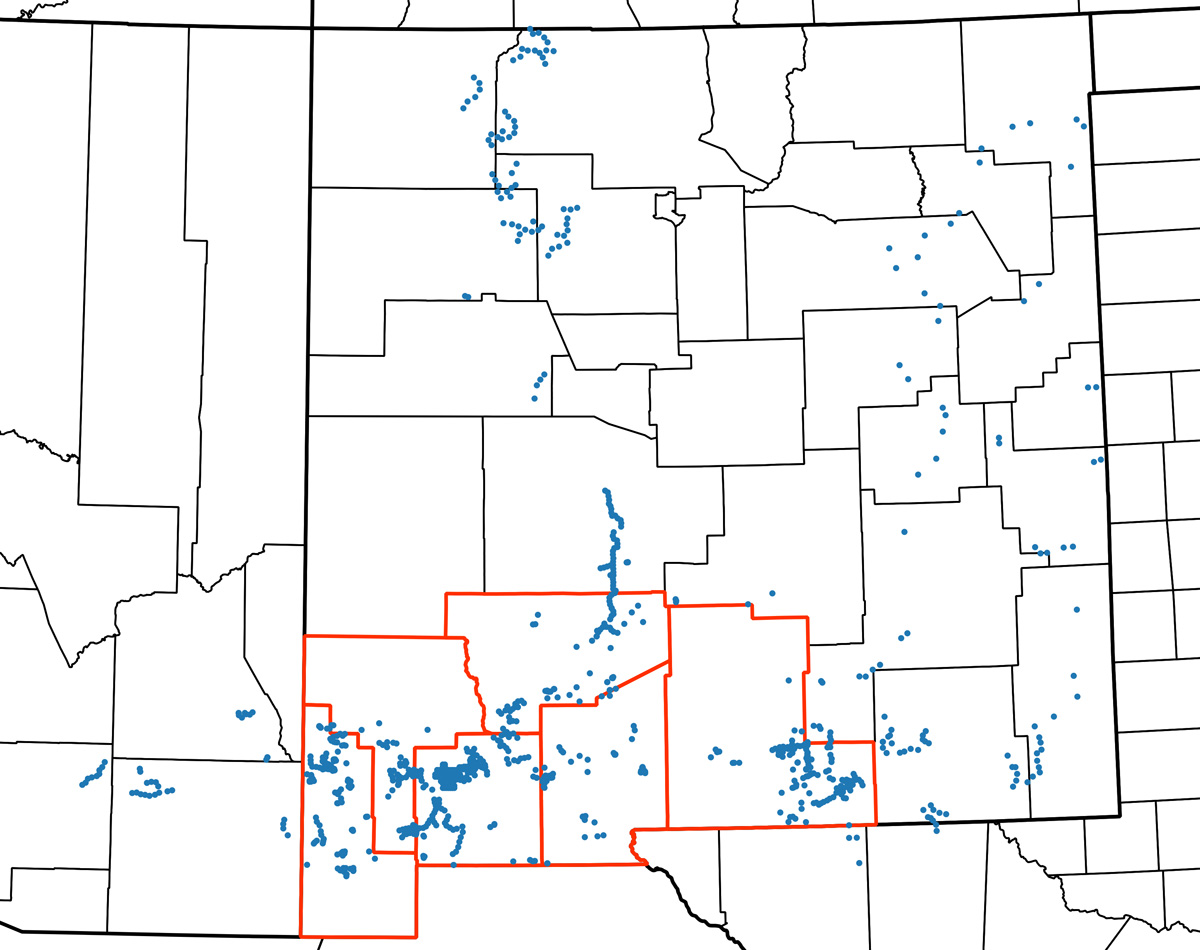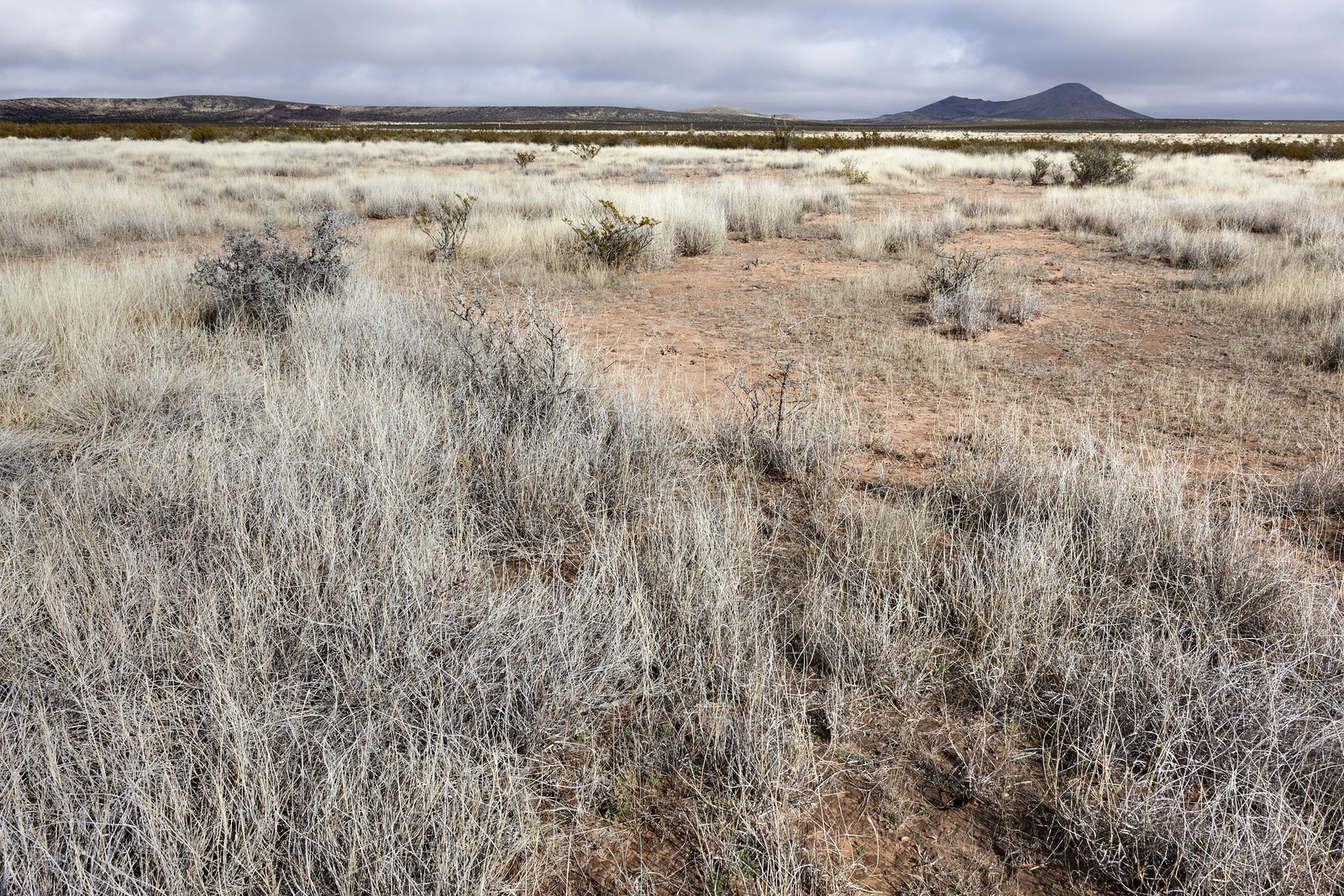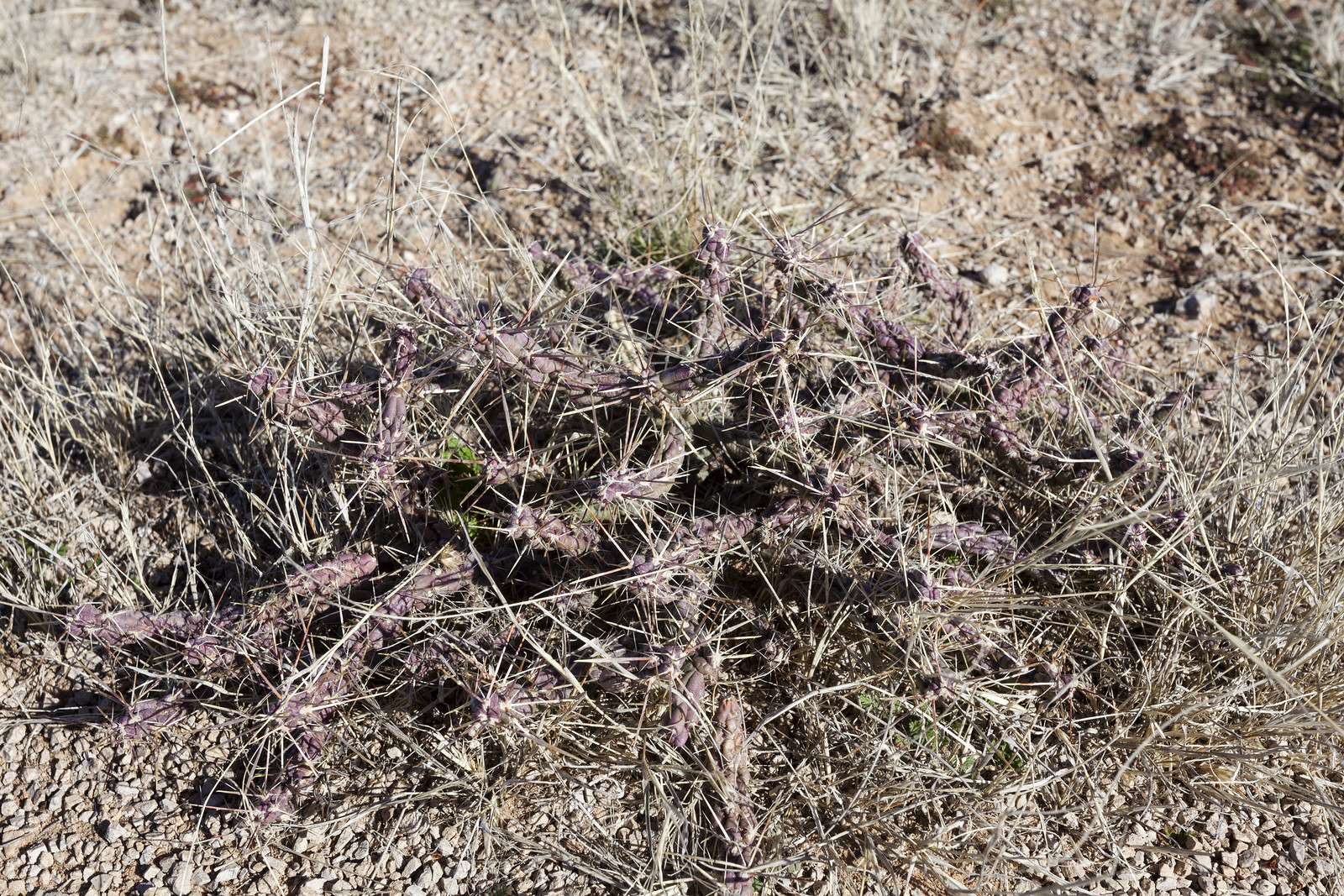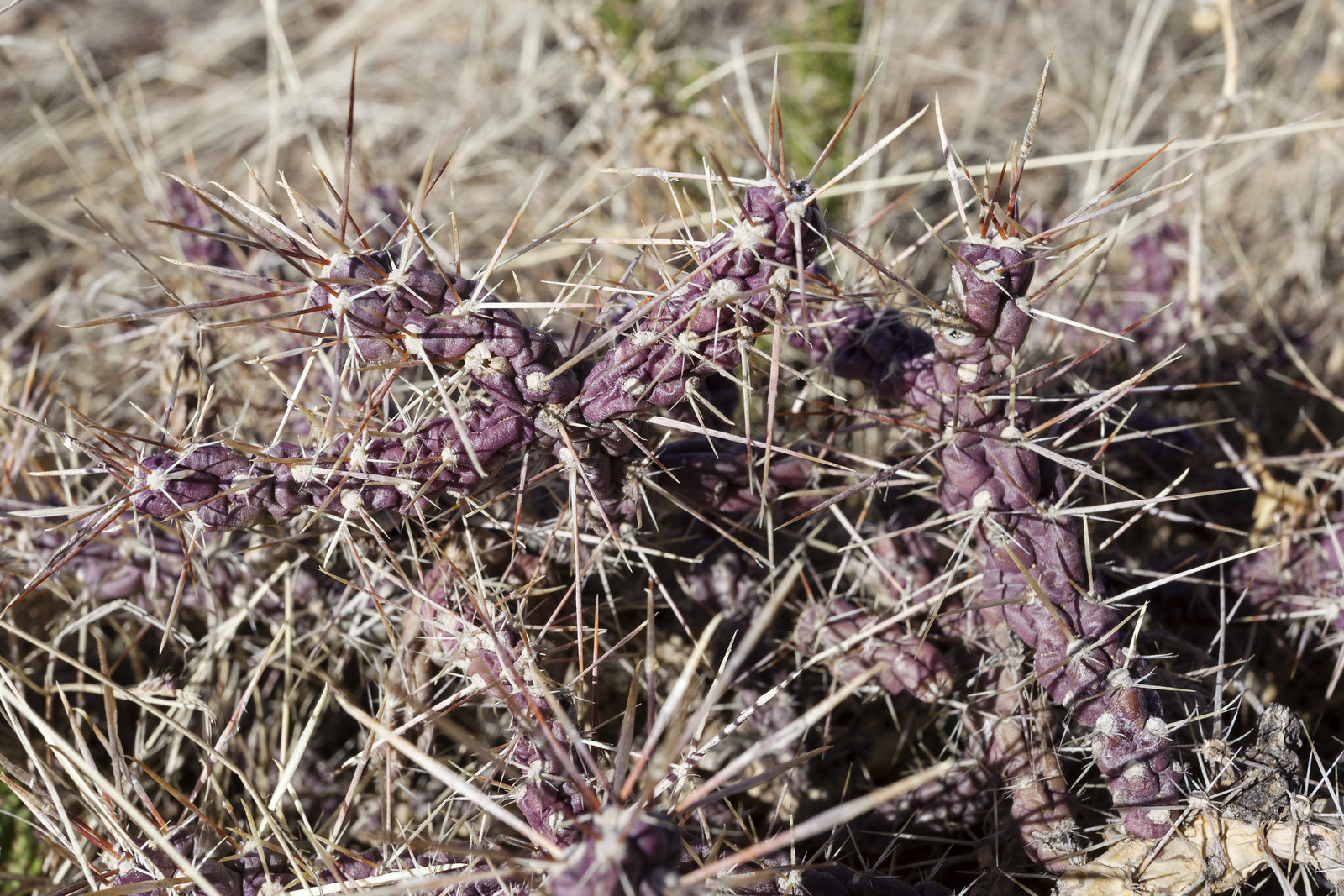Before I moved to Big Bear Lake for the CLM internship, I lived in Washington state for eight months. Before that, I studied environmental science in northern California for four years. The epic California drought is a common topic of conversation among my environmentally mindful circle of friends, coworkers, and teachers. With very, very good reason. California is the most populous state, and delivers a majority of the thirsty produce and meats and other foods desired by people all over the country (and the world). The drought here affects most everybody, and the establishment of new priorities and solutions in the face of this new climate regime is essential.
During the few weeks prior to my internship, I drove the full spectrum of the state in terms of moisture. Beginning on the North Coast, under the noble redwoods, I soaked up steady rain showers with college friends. Down in the Bay Area, a few pitiful sprinkles fell on the green-brown hills. Further south, on the Central Coast near San Luis Obispo, little more than a few live oaks survive to dot the golden hills. Another 200 miles south on Highway 101 the gold gives way to intense human development, palm trees, and the gray-green of coast chaparral. Finally, I turned east from Los Angeles towards the vast Inland Empire for the last leg of my trip. Along the road through Riverside and San Bernadino, I took note of the truly arid landscape. I’d never traveled this far south on the West Coast. Scrub, cacti, and yucca are the status quo here. I switched on Mountain At My Gates by Foals to magnify the montane vibes, and ascended into San Bernadino National Forest in my old Suabru.
Passing by the first National Forest sign I wondered if someone had made an egregious error designating this a forest. Where were the trees? It was just too hot, too dry, too sparse here to support a true forest ecosystem. But as I climbed another hundred feet and then another, the landscape rapidly transitioned. Hello trees. And hello everyone from SoCal. E v e r y o n e. Traffic up the mountain slowed to a crawl. My supervisor warned me this was a heavily utilized forest. She warned me it’d be a good idea to consider alternate routes on New Year’s Day. But, sometimes I mistakenly place too much trust in Google Maps, so spent an extra two hours in bumper to bumper conditions en route to Big Bear Lake. For all the roads in the world to crawl along, though, I was grateful this was mine. The brigade of southern Californians and I twisted and turned from dramatic mountain vista to vista, alongside diverse, beautiful plant communities. At last, I reached the lake and my new home.
I’d chosen to arrive a few days early so that I could properly settle in and explore the new digs. As it turned out, there was a trailhead just outside the front door of my government barracks that connects to the PCT and tops Mt. Bertha, which offers spectacular views of the lake and surrounding mountains. I seized upon the convenience, and made it to the peak in about two hours. I look to my left, lodgepole pine. To my right, juniper. Seems about right. I look down. Cactus. Growing straight out of the snow! What is this place? I share a photo with a few of my friends who assert the cactus is actually a set of dinosaur scales. Hmm. I can see it. But the naming scientist thought the species more closely resembled a beavertail. Therefore, beavertail prickly pear, Opuntia basilaris. While snow did cover some shadowed spots on the trail where I found this cactus, along the roads, and by the ski slopes, the majority of the area was dry. Like the rest of California, right? Not for long!
Two days into my internship, I was enjoying the company of a savvy USFS crew, I’d completed the bulk of my entrance paperwork, and spent some time transplanting baby buckwheat in a delightful greenhouse. Then the heavens opened up, and out spilled two feet of heavy, wet, snow. In southern California! This was a great thing. One storm will not cancel a four year drought. But snowpack will provide some degree of relief to the landscape and the community. The snow, however, also presents its share of challenges to a USFS district office complex.
Our priorities shifted from more paperwork to snow removal. The greenhouse was coated with a growing layer of frozen precipitation. We needed to relieve this weight from the roof of the structure, so got to scraping with a very long shovel. Fortunately, the other intern and I both grew up in New England and are no strangers to shoveling. It’d been a while since I’d seen this amount of snow, though, and it’d been a while for the locals as well. A couple informed us this was their first “big snow” in 3-4 years. The mountains and trees covered in glistening white is a spectacular sight, especially in contrast to the sharp blue mountain skies. The Forest Service vehicles and my Subaru, however, I prefer snow-free.
For the remainder of our time, the other new intern (the incredibly accomplished Marta) and I attended an informative meeting between our SBNF restoration team and non-profit partner, the Southern California Mountains Foundation. It was interesting to learn the ways in which these two groups of highly committed conservationists and educators work together to achieve forest restoration. Both rely largely on grant funding to carry out an array of impressive projects within one of the most heavily utilized stretches of public land in the country. So glad I took that grant writing class in college!
We also got to enjoy a bit more time inside the greenhouse, which remains humid and warm despite the chilly snow outside. SBNF collects seed and propagates several dozen species of native vegetation for out-planting at resto sites all over the forest—grasses, forbs, cacti, trees, and yucca, among many others. My favorite thing about the Big Bear area and San Bernadino National Forest so far is the dramatically different types of vegetation that grow side by side, and the variety of diverse habitats that exist in close proximity to one another. In fact, SBNF is part of a bioregion designated by Conservation International as one of 25 global biodiversity hotspots, demonstrating “high vegetation diversity, unique ecological communities found nowhere else, and many endemic species…” How fortunate I am to be stationed here for the next several months in this special corner of California. More soon!




























